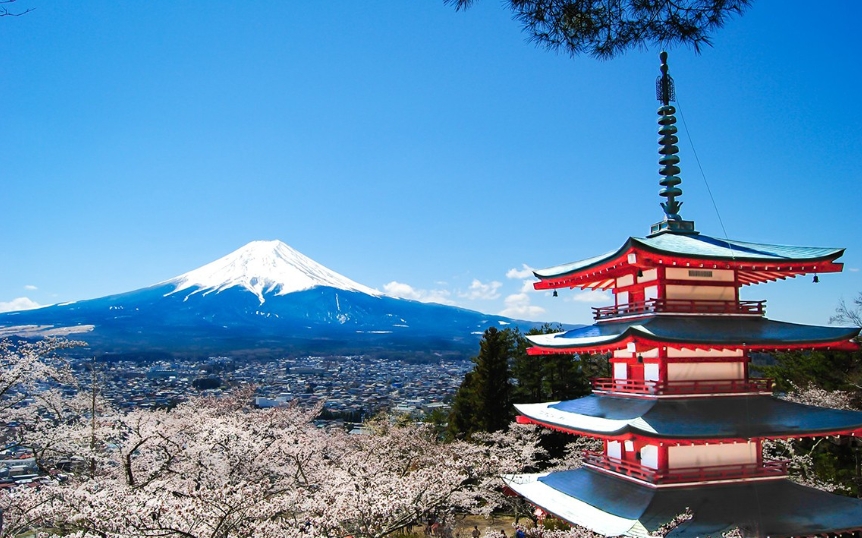 是什么让日本与众不同?
是什么让日本与众不同?
正文翻译

What makes Japan different?
是什么让日本与众不同?

What makes Japan different?
是什么让日本与众不同?
评论翻译

What makes Japan different?
是什么让日本与众不同?

What makes Japan different?
是什么让日本与众不同?
很赞 3
收藏